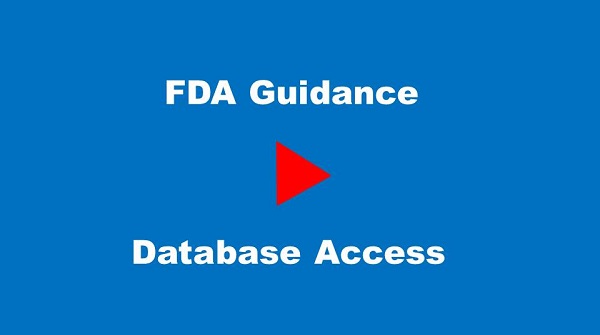Approval process of FDA provides consumers benefit from having access to safe and effective medical products and foods. FDA approves medical products and foods ensuring that their health benefits outweigh their known risks. US-FDA regulates more than $1 trillion worth of consumer goods, around 25% of US consumer expenditures ($466 billion in food sales, $275 billion in drugs, $60 billion in cosmetics and $18 billion in vitamin).
What is an e-Submission? (EMA, ICH)
Pharmaceutical companies by coordinating with other bodies like EMA and “pioneer” National Competent Authorities and under the support of International Conference on Harmonization (ICH) have delivered the concept of e-Submission and the use of electronic format of files. The aim of eSubmission is focused on the minimization of paper use during the exchange of information between applicants and National Competent Authorities and facilitation of business process. European Commission had welcome this idea, which consequently formed the Telematics Implementation Group for esubmission (TIGes) to facilitate and enable implementation of ICH specifications for esubmission in Europe.
E- Submission is an electronic form of registration files during an approval or variation or renewal procedure (Centralised, National, Mutual, Decentralised). A NeeS (Non eCTD electronic Submission) differs from an electronic Common Technical Document (eCTD) as it does not contain an XML backbone or MD5 checksum as defined by the ICH.
eSubmission could include:
- Modules 1-5 or part of them in electronic form. The most common format of files is Acrobat’s pdf
for Modules 3-5 and MS Word for Modules 1-2.
- Applicant’s responses.
- Product information (SPC, PL, labelling, outer and inner package).
The media normally used for an eSubmission is a CD. Alternatively an email could be used.
An eSubmission includes the term eCTD.
- eSubmission Gateway release II and eSubmission Web Client now live for all Centralised Procedure eCTD applications
- The European Medicines Agency’s Gateway Release II and the Submission Web Client are now live for all applications for Centralized Procedure marketing authorizations for human medicines.
Submission Requirements & Guidances for Drugs and Biologics:
- After pre-clinical testing, the company then files an Investigational New Drug Application (IND) with the FDA. If the FDA approves the IND, the experimental drug then moves into Phase I human testing.
- If the drug proves to be safe and effective, the company then files an NDA or BLA with the FDA. NDAs and BLAs are typically 100,000 pages long and include results of human and animal trials as well as information on how the drug is manufactured. It usually takes the FDA 1-2 years to complete the review process and approve a drug.
Data Standards Strategy (FDA 2012)
US-FDA currently receives submissions of original applications and supplements in formats ranging from paper-only to electronic-paper (i.e. pdf), to electronic data, as well as hybrids of the three formats. The variability and unpredictability of format and content of submitted applications present major obstacles to conducting a timely, efficient, and rigorous review.
So if you are planning for any new product either medical or drug or in a process to submit the documents for regulatory requirement then an upcoming webinar on E-Submissions & Data Standards for FDA (eCTD, CDISC, HL7) by the Expert Angela Bazigos, who is a Chief Compliance Officer of Morf Media can resolve your queries. In this webinar Angela Bazigos, will provide the current and expected guidances on data standards and esubmissions for medical product and drugs. Angela will also explain the US and global policies and requirements for submission and standard for medical products like drugs and medical devices and how it will affect them in near future and ways to adopt these policies and standard.

